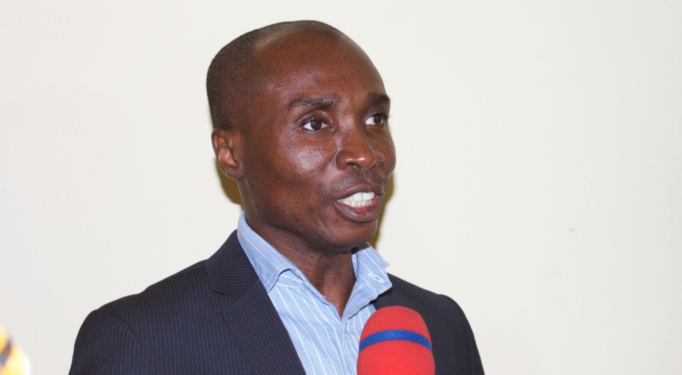Professor Asuming Analyzes Fiscal and Monetary Policy Dynamics in Ghana
Economist with the University of Ghana Business School, Professor Patrick Asuming, has provided critical insights into the dynamics of fiscal and monetary decision-making in Ghana, describing the perceived discord between the Ministry of Finance and the Bank of Ghana (BoG) as more of a strategic adjustment than an outright “tug-of-war.”
Speaking during the NorvanReports and Economic Governance Platform (EGP) X Space discussion on the topic “Fiscal Vs Monetary Tug-of-War: Economic Salvation or Damnation?”, Professor Asuming examined the structural design of fiscal and monetary coordination, highlighting how the system is set up to maintain a degree of independence for monetary policy decision-making.
Institutional Setup and Decision-Making Process
Professor Asuming explained that fiscal policy decisions are directly aligned with government priorities, with the Ministry of Finance driving the agenda. Meanwhile, monetary policy is overseen by the Bank of Ghana’s Monetary Policy Committee (MPC), which comprises seven members, including the governor, two deputies appointed by the government, two independent academics, and two other officials—the head of research and head of financial markets.
“The structure of the MPC is designed to uphold the independence of monetary policy decisions. Although the government appoints three members, they do not constitute a majority,” he noted, emphasizing the presence of checks and balances within the system.
However, he acknowledged a pattern where successive governments tend to replace the BoG governor with their own appointee, potentially influencing the committee’s stance.
Monetary Policy’s Response to Fiscal Actions
Professor Asuming dispelled the notion that the BoG operates in isolation from fiscal policy. He stressed that the MPC consistently assesses the fiscal environment before making its decisions, often prioritizing inflation risks.
“There’s always a strong consideration of fiscal policy when the MPC makes decisions. The committee factors in the government’s borrowing needs and their potential inflationary effects,” he stated.
He pointed to the recent decline in treasury bill rates—driven by the government’s strategy to cut borrowing costs—as a key factor influencing the MPC’s recent decision-making. The central bank, he suggested, has been attempting to moderate the impact of this decline by adjusting monetary policy.
“The government wants to lower its borrowing costs—there’s no ambiguity about that. At the same time, the MPC sees rising inflation risks, as reflected in their recent policy minutes. Their actions seem more about mitigating excess liquidity rather than clashing with fiscal authorities,” he explained.
Liquidity Concerns and Policy Adjustments
Professor Asuming highlighted liquidity management as a central concern for the MPC, noting that recent liquidity injections into the economy may have influenced its policy decisions.
“If government borrowing declines sharply, excess liquidity could remain in the system, which may drive inflation upward. The MPC’s response, therefore, seems aimed at absorbing some of this liquidity,” he added.
Perception vs. Reality: A Coordinated Adjustment?
While some analysts perceive a struggle between fiscal and monetary authorities, Professor Asuming argued that the MPC’s approach is largely reactive rather than adversarial.
“The MPC traditionally observes the fiscal side and broader economic developments before responding. Rather than a clash, what we’re seeing is a balancing act—ensuring that fiscal decisions do not disrupt monetary stability,” he remarked.
Ultimately, he emphasized that the current framework allows for necessary adjustments by both entities, reinforcing macroeconomic stability rather than creating a policy standoff.








